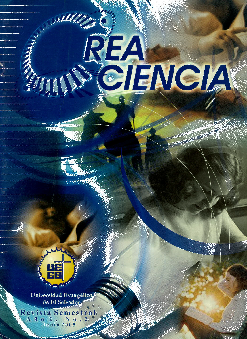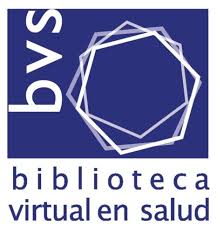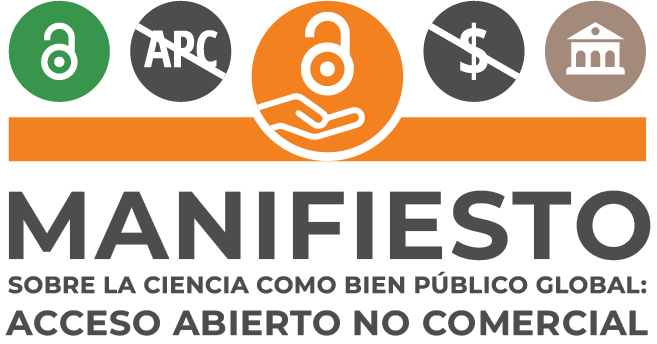Alternative classrooms. A strategy for educational care for children in the rural area of the department of La Libertad
DOI:
https://doi.org/10.5377/creaciencia.v0i2.9252Keywords:
Rural education, Alternative classrooms, El SalvadorAbstract
Alternative Classrooms of Basic Education in our country, is the name that has been given by the Ministry of Education, to a strategy of educational attention, by a single teacher (a) to two or more grades that have low enrollment in the rural area and who work simultaneously in the same classroom or classroom, and at the same time separately because boys and girls belong to different grades; was initiated in 1996 by the EDUCO Program. This strategy is supported by curricular instruments known as Learning Units. The research carried out in late 1999 and early 2000 aimed to assess whether the implementation of the educational strategy of alternative classrooms contributes to achieving the quality of the teaching-learning process. The way in which educational practice is carried out in six schools of the Department of La Libertad that have Alternative Classrooms was analyzed; determine how much near or far, the strategy proposed by the Ministry of Education is applied. The results have the possible and necessary validity so that they can serve as a basis for reassessing the different aspects that make up this strategy. The Alternative Classrooms strategy was not fully applied in the Alternative Classrooms at the time of the study; between the Alternative and Regular Classrooms no major differences were found in educational quality, when in alternative classrooms work with the Learning Units, group work predominates, ex-classroom work was more frequent in the Alternative Classrooms as well as the participation of the different actors of the process. Among the most significant conclusions of the analysis of the Learning Units, are cited: written presentation and graphic very good in 80%, do not differentiate between a basic, practical or application activity; No graduation is displayed in the demands of the activities of learning; There is contradiction in some activities, some contents had more approaches to the urban than rural, among others.
Downloads
Published
Issue
Section
License

This work is licensed under a Creative Commons Attribution-NonCommercial-ShareAlike 4.0 International License.
Los artículos de Crea Ciencia están publicados en acceso abierto bajo una licencia CC BY-NC-SA 4.0 de la Universidad Evangélica de El Salvador.





















